parts of the plant ( MORPHOLOGY AND CLASSIFICATION OF KAMBOJA PLANTS (Plumeria sp.) education and photography
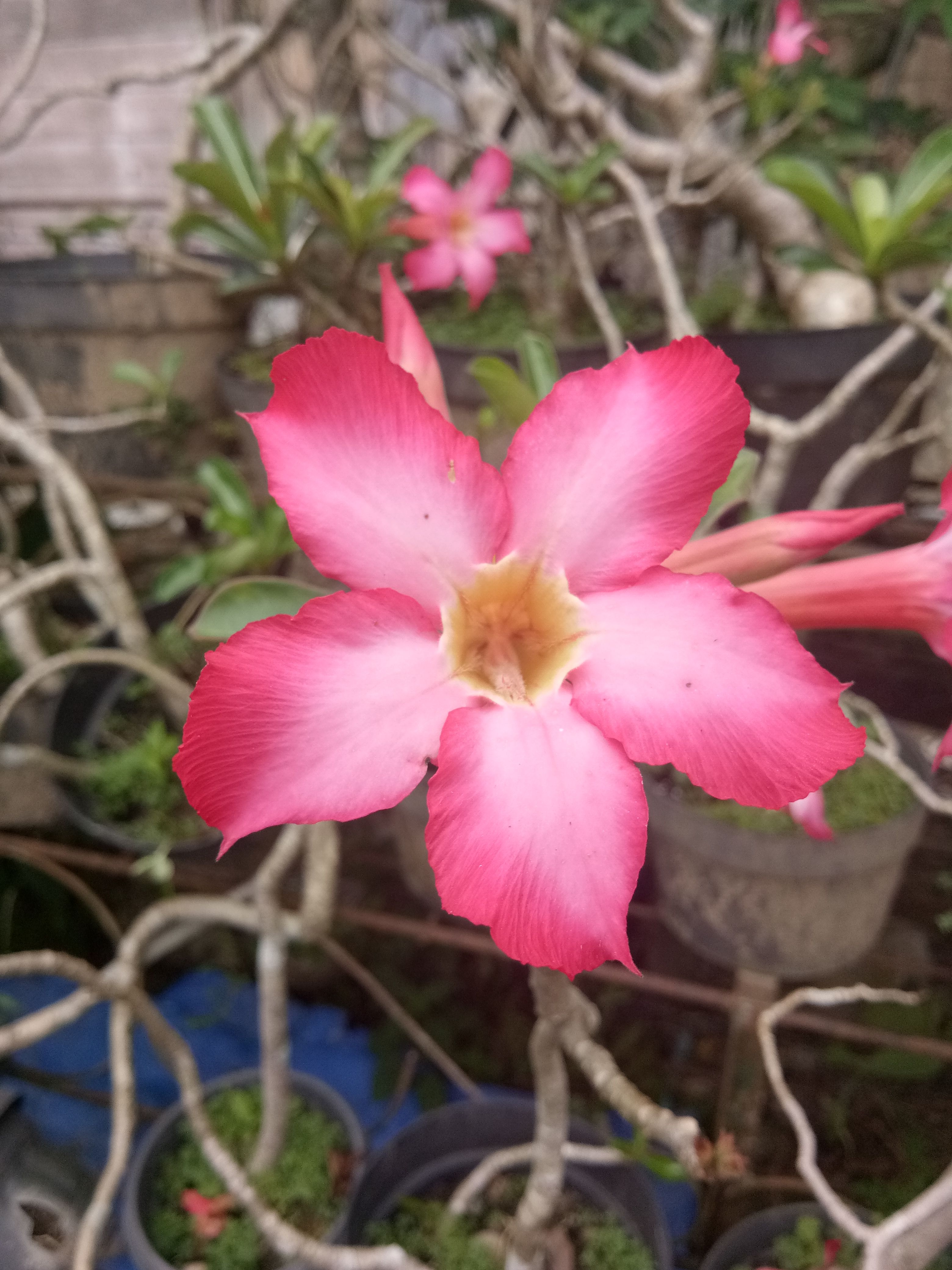
The frangipani plant (Plumeria sp.) Is one example of the Apocynaceae family. Cambodia is known to be a plant originating from Central America, Mexico, the Caribbean Islands and South America. Plumeria can grow in tropical and sub-tropical regions (Eggli, 2002).
Frangipani plants were originally widespread in the tropics ranging from warm tropical islands of the Pacific Islands, the southern part of the Americas, Panama to Venezuela. The genus name "Plumeria". The word comes from "Plumier", a 17th-century Communities in the four-season countries are fond of Cambodian plants, although they should give special treatment when entering winter. In the United States there is a collection of people who collect Plumeria by the name of The Plumeria Society of America. Tropical climate of Indonesia in accordance with the needs of growing cambodia plants. Therefore, this plant is widespread in various regions in Indonesia (Criley, 1998).
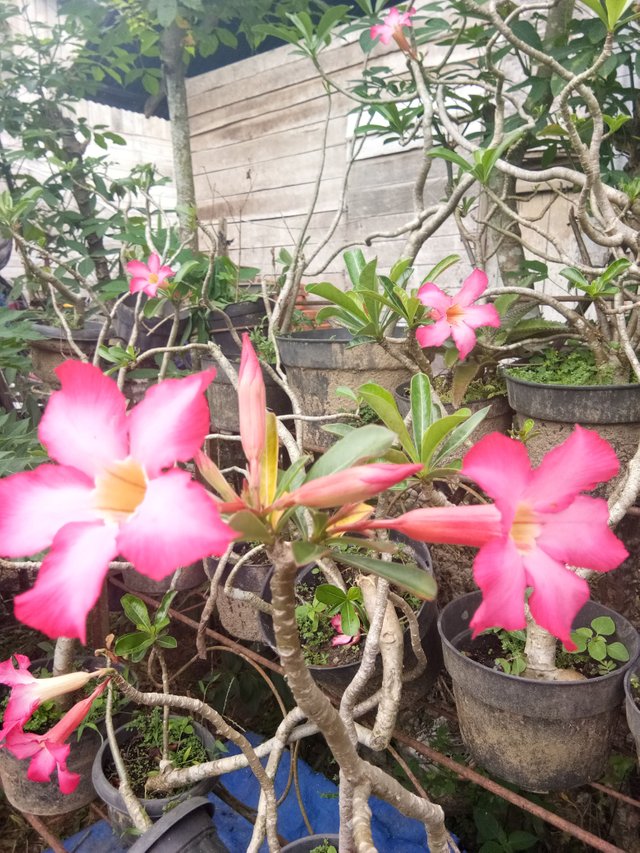
Plumeria classification
| Kingdom | Plantae |
| Division | Spermatophyta |
| Subdivision | Angiospermae |
| Class | Dicotyledoneae |
| Order | Apocynales |
| Family | Apocynaceae |
| Genus | Plumeria L |
| Species | Plumeria sp. |
Cambodian flowering plants have hard or woody Rod, rounded elongated, have a lot of branches, the former leaf stand is clearly visible, and whitish-green color. In addition, the stem of this plant has rapid growth, and is also resistant to pests and diseases that attack. The stem of this plant has a height of 0.5 - 6 meters even more depending on the varieties that are planted.
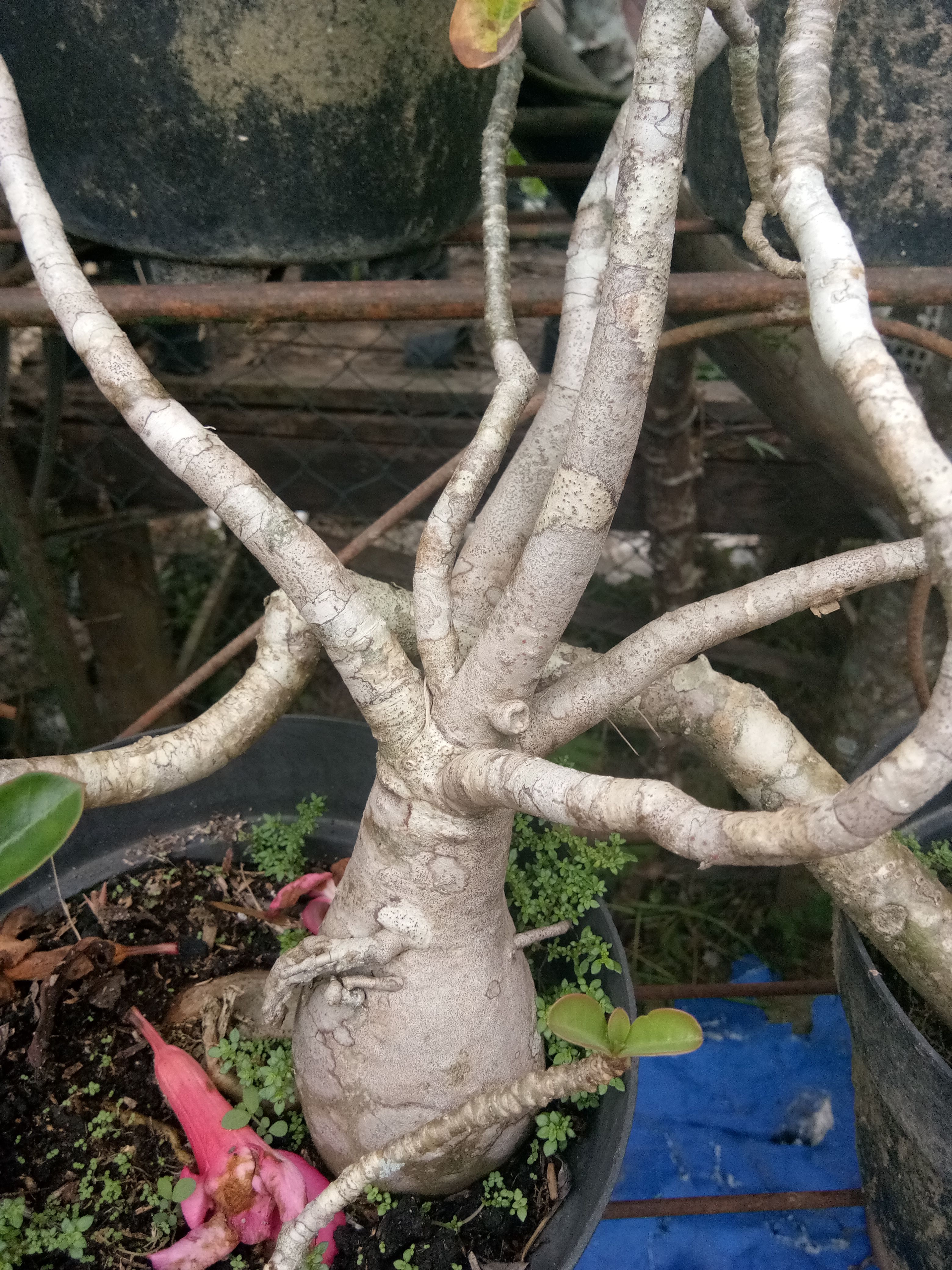
Frangipani plant has a single leaf, has a length of 10-25 cm even more, pointed at the base, has the edge evenly, thick and has a shape kelonjongan. The leaves of this plant has a light green color, and old. In addition, the leaves of this plant require enough sun for cooking, storing and making new food reserves.
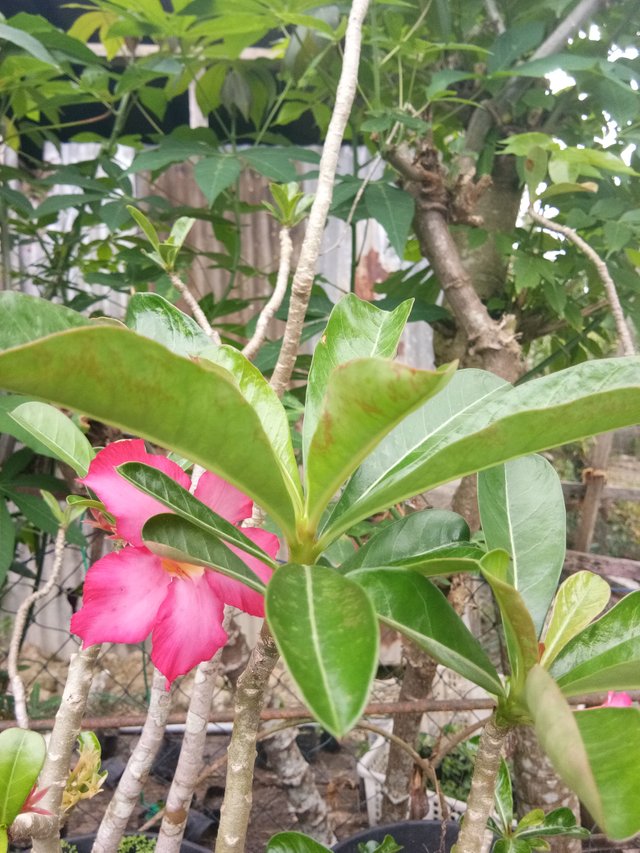
Cambodian plants have compound interest, flat flats, flute have funnel shape, have four-part flower crown and also have a very varied and varied colors ranging from white, reddish, and mixed. The flower on this plant is located in the branch or armpits of the frangipani flower. This process of exposure is aided with the wind, and other animals around it.
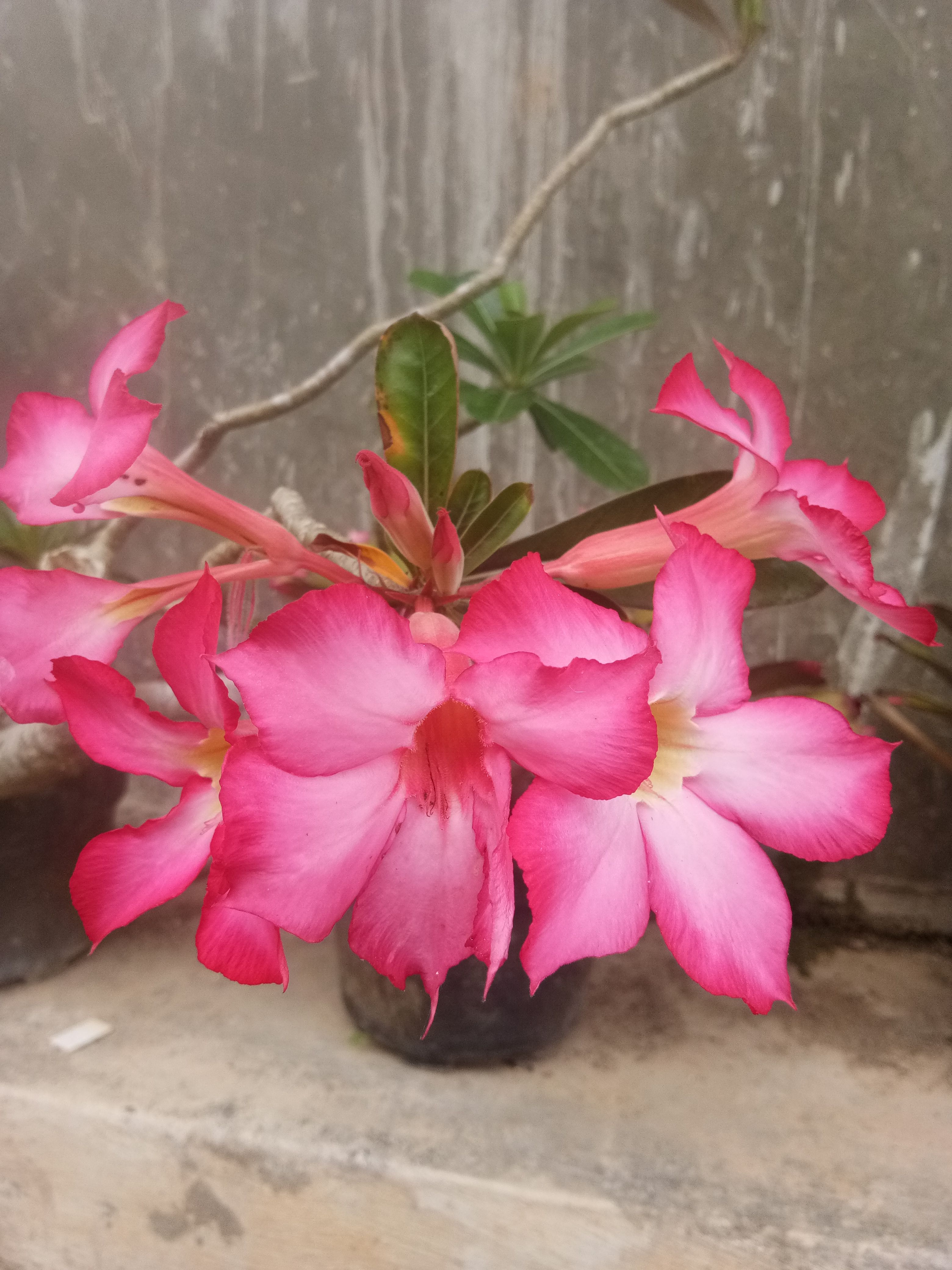
This plant has a root riding, branched, brownish-to-old color. The roots of this plant have a function to absorb minerals and water elements that exist in the soil with a depth of 1.5 -2 meters even more depending on plant growth.
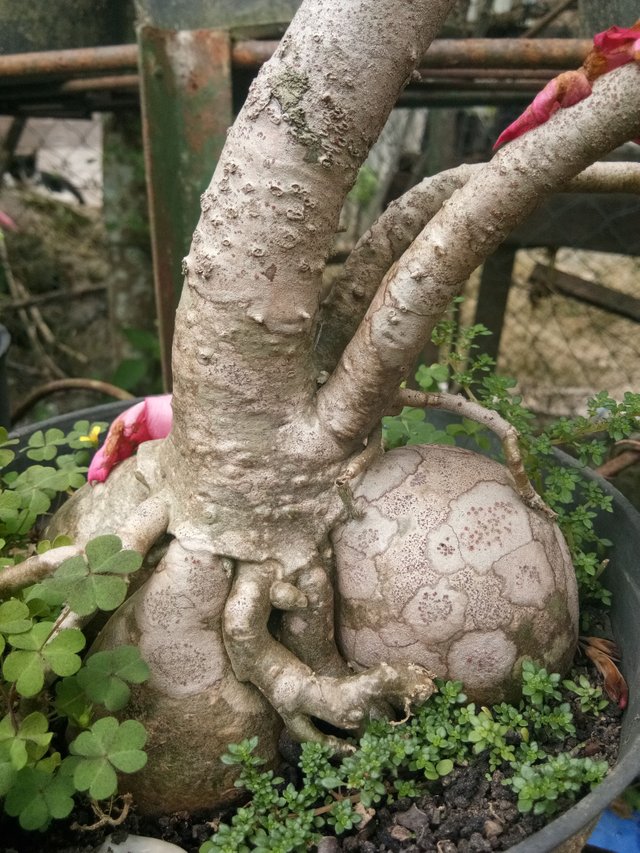
The fruit in this plant has a rounded shape of roundishness greenish and blackish when it is old. In addition, the fruit on this plant has a length of 18-20 cm with a width of 1-2 cm even more. While the seeds on this frangipani plant is round, has wings, and dirty white.
Fruit will form when pollination occurs. The process of pollination to mature fruit lasts approximately 8 months. The fruit is not fleshy (dried fruit or follicle) and tubular with both pointed tip. The fruit can amount to one or two separate ones. The length of the fruit ranges 15-20 cm in diameter 2 cm. The seeds will fly in the wind when the fruit is ripe and broke. The ellipse-shaped seed with the plant embryo is at one end, while the other end is a thin sheet that acts as a wing when it flies in the wind. The seed length is 4 - 5 cm with width 1 cm. The seeds are light brown like dried leaves(Amin, 2010)
By @zaky14